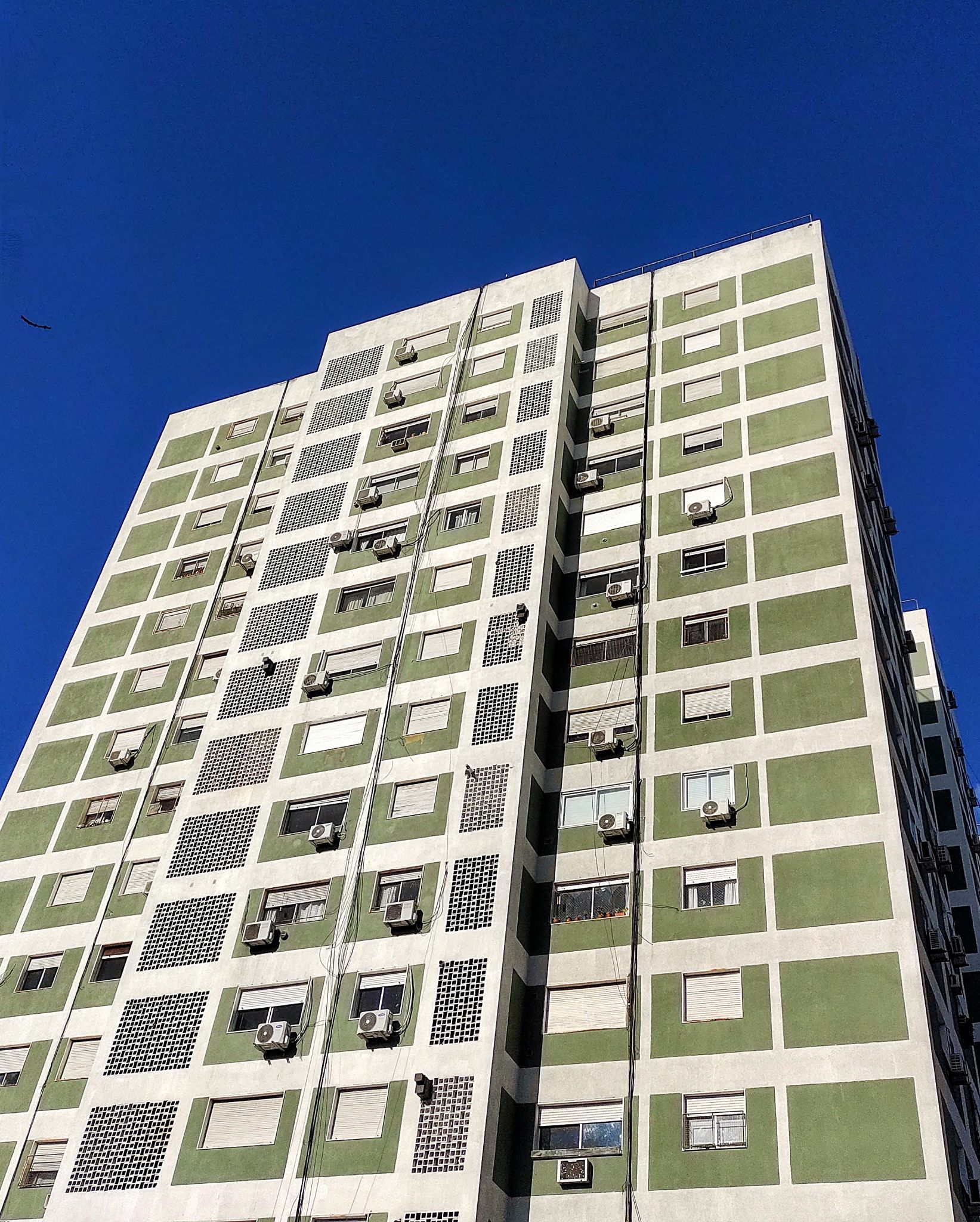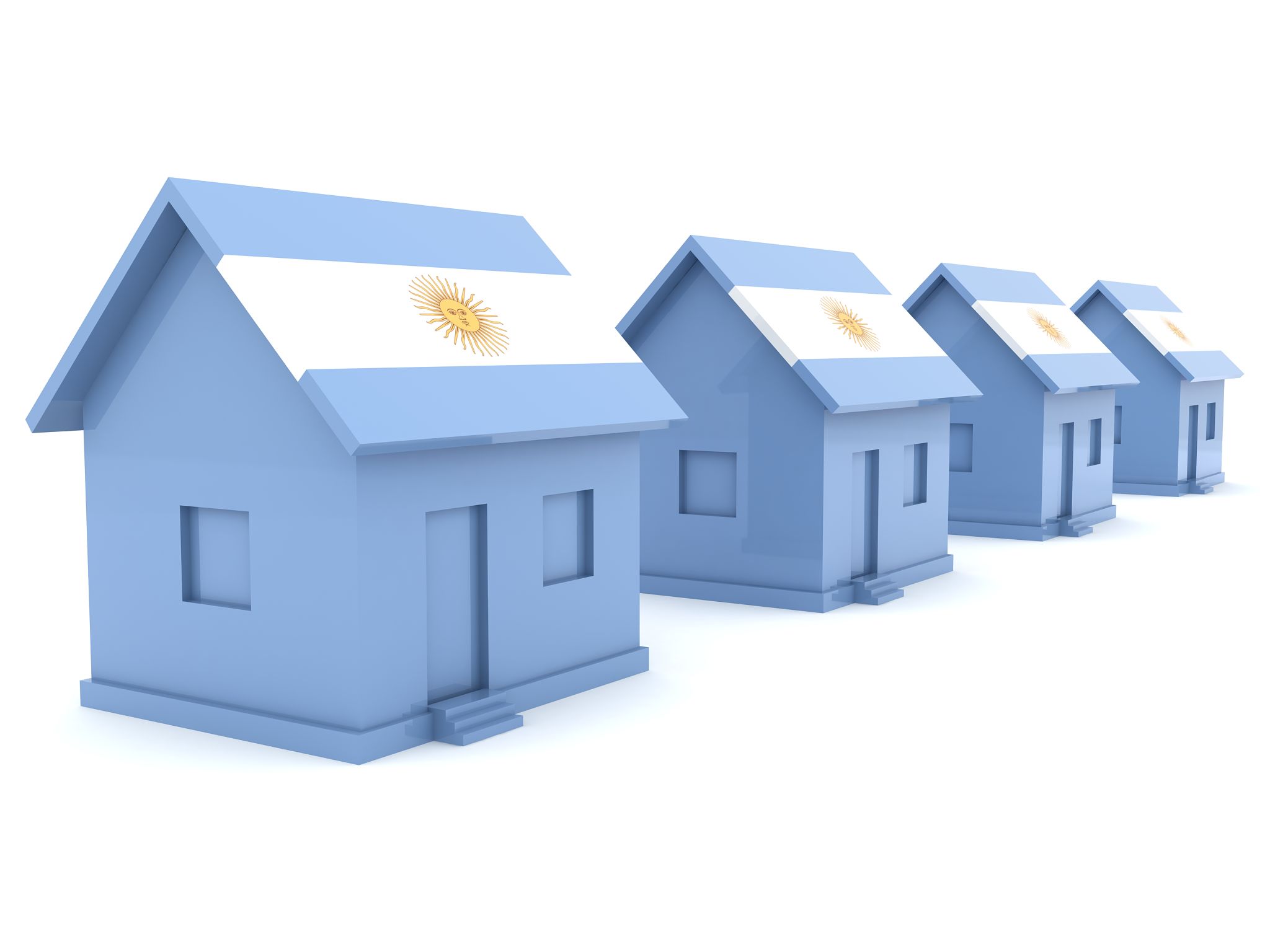A Guide to Sustainable Architecture Practices in Argentina
Understanding Sustainable Architecture
Sustainable architecture is an approach to building that minimizes the negative environmental impact of structures through efficiency and moderation in the use of materials, energy, and development space. As awareness of environmental issues grows, architects in Argentina are increasingly adopting sustainable practices to create buildings that are not only aesthetically pleasing but also environmentally responsible.
In recent years, Argentina has emerged as a leader in sustainable architecture, with numerous projects that showcase innovative design and eco-friendly technologies. This shift is driven by a combination of governmental policies, public awareness, and the dedication of architects committed to reducing the carbon footprint of their creations.

Key Principles of Sustainable Architecture
Energy Efficiency
One of the fundamental principles of sustainable architecture is energy efficiency. In Argentina, architects focus on designing buildings that consume less energy by utilizing natural lighting, improving insulation, and integrating renewable energy sources like solar panels and wind turbines. These measures not only reduce energy consumption but also lower utility costs for building occupants.
Use of Local Materials
Another critical component of sustainable architecture in Argentina is the use of local materials. By sourcing materials locally, architects reduce the carbon footprint associated with transportation and support local economies. Commonly used materials include bamboo, adobe, and recycled wood, which are both environmentally friendly and culturally significant.

Innovative Sustainable Projects in Argentina
The Mendoza City Hall
The Mendoza City Hall is a prime example of sustainable architecture in Argentina. This building is designed to maximize natural light and ventilation, reducing the need for artificial lighting and air conditioning. Additionally, it features a green roof that helps regulate temperature and manage stormwater runoff.
Córdoba's Bioclimatic Houses
In Córdoba, a series of bioclimatic houses have been developed to adapt to the region's climate. These homes are designed with passive heating and cooling systems, relying on the strategic placement of windows and thermal mass to maintain comfortable indoor temperatures year-round.

The Role of Policy in Promoting Sustainability
Government policies play a crucial role in promoting sustainable architecture in Argentina. The national government has implemented various regulations and incentives to encourage the adoption of green building practices. These include tax breaks for buildings that meet certain environmental standards and grants for research into new sustainable technologies.
Moreover, local governments are also increasingly recognizing the importance of sustainability. Many cities have adopted building codes that require new constructions to include energy-efficient features and utilize renewable energy sources.
Challenges and Future Prospects
Despite the progress made, there are still challenges to overcome in promoting sustainable architecture in Argentina. High costs associated with eco-friendly materials and technologies can be a barrier for some developers. Additionally, there is a need for more education and awareness about the benefits of sustainable architecture among both professionals and the general public.
Looking ahead, the future of sustainable architecture in Argentina appears promising. With continued advancements in technology and growing support from both government and society, architects are poised to create even more innovative and environmentally responsible structures. By embracing sustainable practices, Argentina is setting an example for other countries in the region and around the world.
